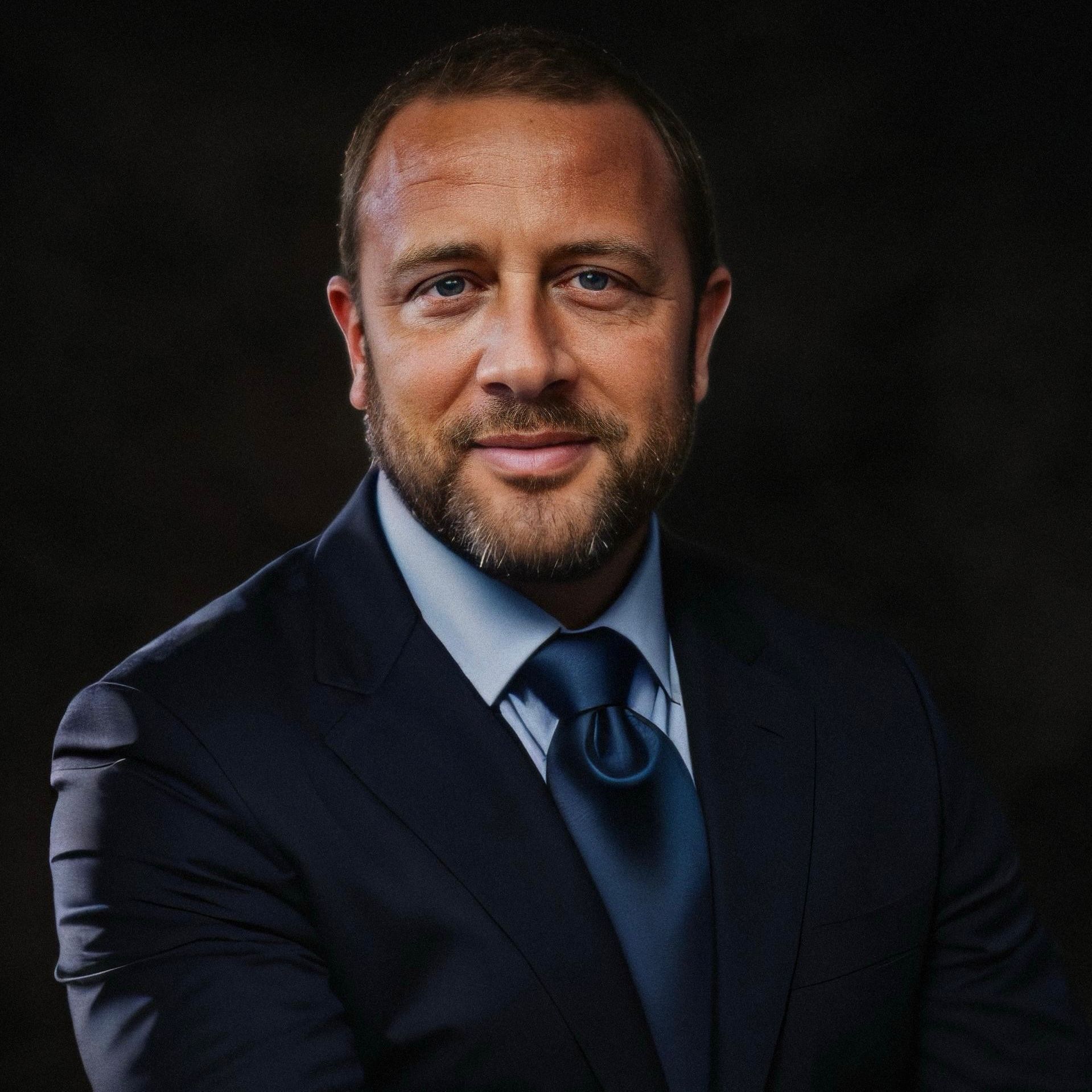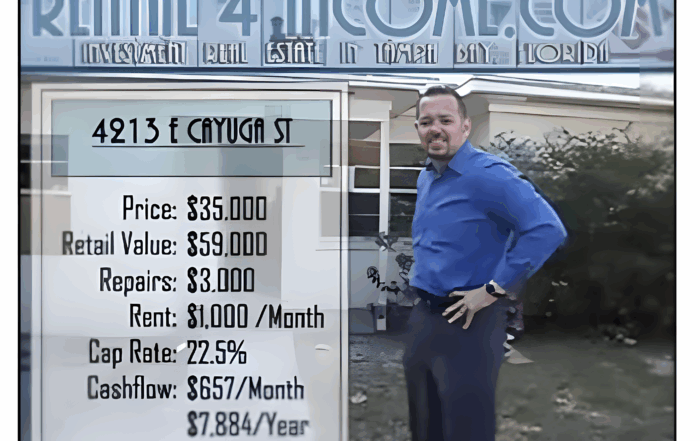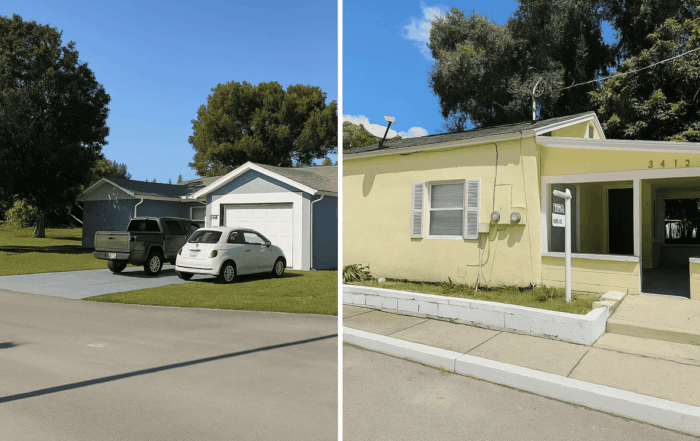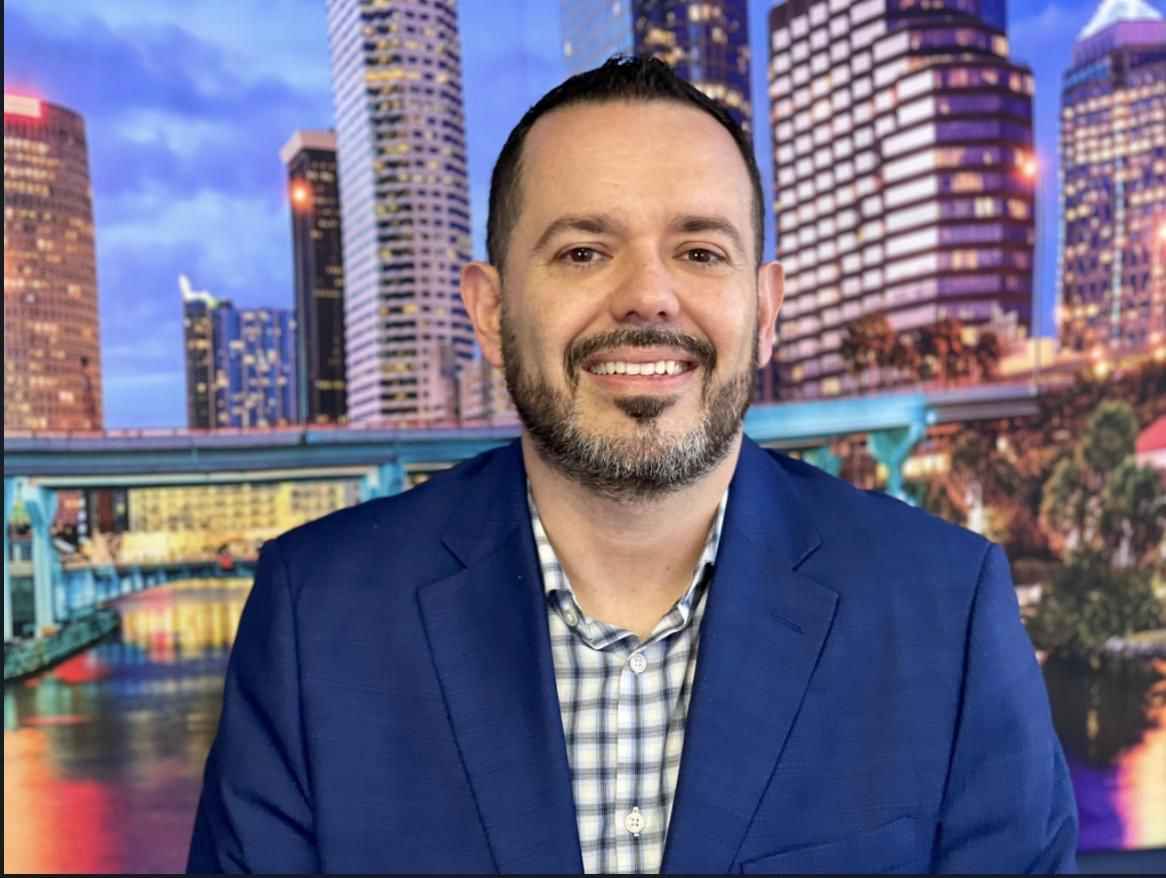How I Qualified Tenants for Lease Options in 2005 (And Why It Still Works in 2025)
Let’s rewind to 2005.
I was sitting in my small Tampa office. Deals were flowing, the market was hot, and I was hustling. One particular property stands out—a little 3-bedroom just north of downtown. I had picked it up for $85,000. It needed work. The roof looked like a toupee in a windstorm, and the kitchen was still rockin’ those brown laminate countertops from the ’80s. But the bones were strong.
Now, here’s the kicker—I didn’t list it or rent it traditionally. I put a tenant in using a lease option. That deal taught me how powerful this strategy could be, especially when done right. And over the years, I developed a formula—simple, repeatable, and safe—for qualifying tenants that wanted to buy, but just weren’t ready yet.
It worked then. And it still works today.
Let’s walk through exactly how I did it in 2005—step by step. Then I’ll show you how to apply the same method now in 2025, using today’s Florida rents, property values, and lending guidelines.
The 2005 Playbook: Qualifying Lease Option Tenants Like a Pro
I was never looking for perfect buyers. I was looking for people with a plan, a little money, and the right mindset.
Here’s how I broke it down back then.
1. I Asked Three Simple Questions
I met the prospective tenant at the property—this wasn’t Zoom and DocuSign days. We’d talk face to face, and I’d ask them:
-
“How much money do you have saved right now?”
Not later. Right now. In 2005, most people could scrape together $2,000–$5,000. -
“What’s your credit score or credit situation?”
I didn’t need them at 700. I just needed to know where we were starting. -
“How long do you think you’ll need before you’re ready to buy?”
Most would say 2–3 years. That was perfect. I could structure a lease option term around that.
📝 Pro Tip I used back then: If they were working a W-2 job and didn’t have a ton of debt, I’d get them connected with a mortgage broker right away—even before signing anything. That way we had real data, not just “feelings.”
2. I Drew a Roadmap on Paper (Literally)
I’d pull out a yellow legal pad and draw a timeline:
-
Year 1: Rent and save
-
Year 2: Build credit and get pre-approved
-
Year 3: Close on the purchase
I calculated how much they’d need for a down payment. FHA loans back then needed about 3%–5%. So on an $85K house, they needed $2,500–$4,000. That felt doable.
If they could save $100–$150/month or put aside their tax return, they could hit the number in two years. We’d use that as the “goal line.”
3. I Set Expectations on Rent, Option Fee, and Purchase Price
In 2005, rent on that property was around $900/month. Here’s how I broke it down:
-
Rent: I’d charge $950–$1,000. Just slightly above market, but they were building equity.
-
Option fee: I asked for $2,000–$3,000 up front. That showed commitment and skin in the game.
-
Purchase price: I set the price 10–15% above today’s value. So if the house was worth $85K, I’d lock them in at $95K to $100K in 2–3 years.
That gave me a spread, protected me against appreciation, and gave the tenant a target.
4. I Made Sure the Landlord or Investor Was on Board
Sometimes I owned the property. Other times I helped other landlords set these deals up.
I made sure the landlord knew:
-
They were getting more than market rent
-
They’d receive an option fee up front
-
If the tenant didn’t exercise the option, the landlord keeps the fee
It was a win either way.
5. I Put Everything in Writing—Simple But Clear
I used a 2-page lease option agreement (super simple) and a separate lease.
-
The lease said: “Pay rent. Take care of the property.”
-
The option agreement said: “Here’s the price. Here’s the timeframe. Here’s what you’re putting down.”
It wasn’t fancy. It wasn’t lawyered-up. But it worked—and everyone understood the terms.
What Happened to That Tenant?
That first tenant stayed the full 3 years. He worked at a nearby auto parts store, got help from his family, cleaned up his credit with a local nonprofit, and ended up buying the property for $95,000.
I made money on the front (option fee), the middle (rent), and the back end (sale). And he became a homeowner.
That deal hooked me on lease options for life.
Now Let’s Fast-Forward: Qualifying Lease Option Buyers in 2025
So what’s changed in 20 years?
Not the fundamentals. Just the numbers.
In 2025, here’s how I qualify lease option buyers in Florida using the exact same process—with bigger rents, higher home prices, and more paperwork.
Step 1: Ask the Same 3 Questions (With 2025 Reality in Mind)
-
“How much do you have saved right now?”
With Florida home prices in the $300K–$400K range, I want to see $5,000–$15,000. -
“What’s your credit score?”
FHA minimum is still 580, but I aim for 600+. If they’re in the 500s, I connect them with a credit repair team. -
“When do you want to buy?”
If they say 1 year, I expect they’re already talking to a lender. If they say 3 years, we map it out.
Step 2: Build the Roadmap (Now in Excel Instead of Legal Pads)
Let’s say they want to buy a $330,000 home:
-
FHA down payment = $11,550 (3.5%)
-
Closing costs = $7,000–$8,000
-
Total needed: ~$20,000
If they save $500/month + tax refunds, they’ll hit it in 3 years.
We build a payment plan. I show them what to aim for—monthly savings, side hustles, bonuses, whatever works.
Step 3: Structure the Deal
-
Rent: Market rent in Tampa is now around $2,200–$2,800
-
Option fee: I ask for 2%–3% of purchase price up front ($6,000–$10,000)
-
Rent credit: $200/month toward the purchase
-
Purchase price: Add $10K–$12K per year to current value
Example:
-
Home price today: $330,000
-
Lease term: 2 years
-
Future price: $350,000
-
Option fee: $7,500
-
Rent: $2,500/month with $200 credit
They end up with ~$12,300 credit at closing if they stay consistent. That makes the lender happy—and helps them close the deal.
Step 4: Send the Proposal to the Landlord or Seller
If I’m not the one selling, I prep the landlord:
-
“Here’s a buyer with a real plan.”
-
“They’re putting money down now.”
-
“You’ll cash flow better than a regular rental.”
-
“If they don’t close, you keep the fee.”
Most say yes. Especially the ones who are tired landlords and just want a smooth exit in a tricky market.
Final Thoughts: The Math Has Changed, But the Method Still Works
Back in 2005, I was doing this with houses under $100K.
Now I’m doing it with houses pushing $400K—and I’m still using the same questions, the same roadmap, and the same structure.
The tenants have changed. The financing rules have changed. But one thing hasn’t:
A lease option only works when the tenant has a real chance of becoming a buyer.
That’s why qualification matters. That’s why I still teach this to my agents, my investors, and my Property Profit Academy students.
And that’s why lease options are still one of my favorite tools in the creative finance toolbox.
Want Help Structuring Your Next Lease Option?
Whether you’re a landlord, agent, or buyer—this strategy works when you follow the playbook.
Book a time with me:
👉 https://graystoneig.com/ceo
Keep it consistent, stay patient, stay true—if I did it, so can you.
This is Jorge Vazquez, CEO of Graystone Investment Group and all our amazing companies, and Coach at Property Profit Academy. Thanks for tuning in—until the next article, take care and keep building!
Pick your expert. Book your free 15-minute consult now. We are here to help!
Our Top Articles
How I Qualified Tenants for Lease Options in 2005 (And Why It Still Works in 2025)
How I Qualified Tenants for Lease Options in 2005 (And Why It Still Works in 2025) Let’s rewind to [...]
Real Estate Investment Analysis: The Skill Every Investor Needs to Master
Real Estate Investment Analysis: The Skill Every Investor Needs to Master Let’s rewind 20 years. Back when I first [...]
How I Closed Two Subject-To Deals Using Almost No Cash
How You Closed Two Subject-To Deals Without a Bank, a Credit Pull, or a Stack of Cash Focus keyphrase: [...]
Property Profit Academy:
✔ Learn to buy properties with little to no money down.
✔ Build a $10M portfolio step by step.
✔ Master strategies like BRRRR and house hacking.








